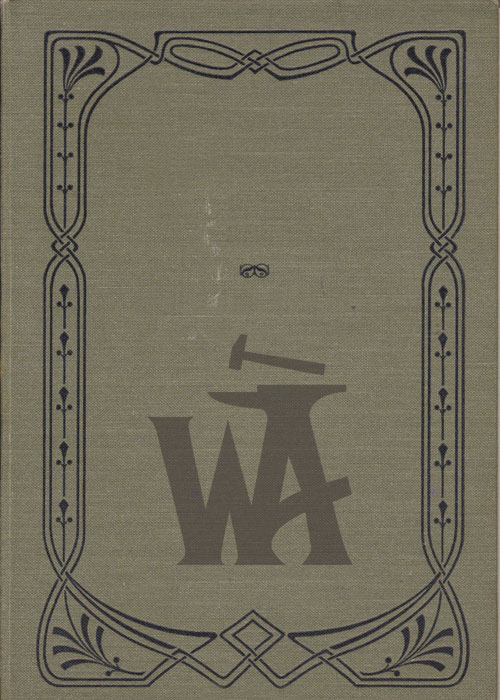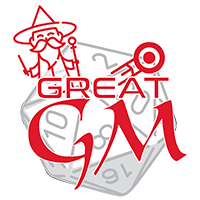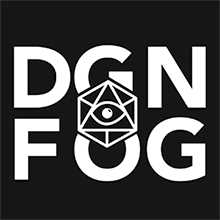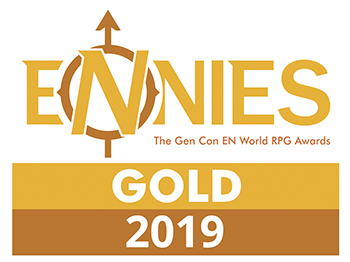Northern and southern Harbenshire
The names of these twin villages will either leave my readers with utter confusion, or absolute frustration. The small towns located in the county of Kopfstein are the site of one of our nation's grandest wars. It is also the site of my first professional failure. Keep in mind while reading through my notes and journal entries that I was a very different woman back then, proud, eager and oh so wise.
Preparatory research
My goal with this dig is simple: tie the towns of Southern and Northern Harbenshire to the conflicts of the Necromantic Revolt in a clear and concise way.
This dig is simply a preliminary one with the goal of finding weapons, tools and artifice of Necromancy that ties the site to the war, and so justifying further digs. There are many rumors of the towns, that both the towns were destroyed in the war, that many of its more prominent inhabitants can trace their lineage back to one side or the other of the conflict. This dig hopes to verify or contradict these claims, as well as to give a deeper insight into the everyday lives and workings of the individual soldiers of the Necromantic civil war.
The river cities sit on the battle lines of the Necromantic civil war of 245, yet it has been overlooked in favor of the grand battlefields upriver, as well as the brutal skirmishes along the western woods. What little that has been written on the towns focuses mainly on the supposed cultural divide between the two. Both drawing great pride from their cultural heritage, traditions and local heroes, regardless of which side of the ware they were historically on.
There is a wealth of local historical tomes of the region, as well as biographies of prominent members of the community that have helped me prepare for my dig.
Besides, the work of local historians has a thesis by Minverva Gerst that is the most relevant to my studies. In her thesis The soil of the unburied she discusses the effect Necromantic energies has on soil quality and the plants that grow in it. In her discussion she mentions difficulties with getting permits to take samples at the site, despite having little problem acquiring such samples at other sites along the river.
Travel journal
The following excerpts have been taken from my travel journal of the event, interspersed with findings and observations if and when the become relevant. Since this is my first dig, where I am not as diligent in my note taking as I would later become. I apologize for the sparsity of the material available.
Day 1
Arriving at my accommodations, a local in, set up a meeting with both the Northern and Southern Harbenshire mayors tomorrow. Initial observations, the towns are much further apart then I imagined they would be, the river seems unnaturally wide between them, a ferry is the only way to go from one town to the other. The steak fries at the inn were excellent.
Day 2
I had meetings with both the mayors today, both of them insisted on separate meetings. I fear that this is only the start of my troubles here. I have booked a meeting with the local Mage Guilds charter to make sure that all my documents are in order. I spent the evening at the local library cross referencing my background material with the materials available at the libraries history section.
Day 3
Today I met with the guild leader of the local Mage Guilds chapter. She was hesitant to give me the paperwork I needed, hinting that the dig should be made only by a registered member of the arcane history department. I was able to get her to sign the forms after showing my credentials within the Mage Guilds.
The rest of the day was spent on location scouting and setting up for tomorrow's dig. The soil is soft and incredibly rich in nutrients. The digging itself will not be a problem. I will have some assistants with me from the local Mercenary Guild tomorrow, paid at my own expense, naturally. I will begin my dig inland, near what is supposedly a camp of the commanding officers of this part of the revolutionary forces.
Day 4
Today was the first day of the dig, I can't believe that this site has been overlooked for so long. It took me and my assistant only an hour of excavation to find signs of camp fires and tent pots, making it clear that it is a site of military activity at some scale. The site is in the correct strata and the arrow heads found matches those that were used during the conflict.
We have found parts of uniforms and sword hilts congruent with those used by the Necromantic Rebels at other parts of the conflict. All the preliminary finds are noted in the Appendix a1. My teacher's assertion that seeing the presence of the shield of the Mercenary Guild would make sure I was left to my work have been proven true, I was not bothered at my worksite.
Day 5
The second day of the dig, an informative day to be sure, my assistants proved to be both eager and knowledgeable about the procedures of excavations. This makes sense, seeing many scholars need the heavy labor and protection of the Mercenary Guild.
One of them called out to me as I was excavating a tent site of what I assumed to be one of the rebellion's commanders. A bright young Kobold woman had found a series of bones, encased in a black tarlike substance. After carefully clearing a small part of the substance were we able to find a complex network of arcane runes. For a sketch of the artifact, see Appendix a2.
After following the proper procedures of securing an arcane of unknown origin we continued the dig. We had already accomplished the task of the dig on the second day, finding signs of conflict, and traces of necromantic arcana.
I decided that the site was worth staying the full four allotted days and getting as much data as possible while I am here. I spent the evening noting down the possibilities of our finds. Oh how I wish I knew then what I know now, how I wish I had left posthaste to my academy to secure the samples.
Day 6
The third day of the dig, we have chosen to focus primarily on the area around the excavated creature. A large creature of many limbs, I am afraid that I lack the needed biological knowledge to even start to identify what creature these limbs originally came from. We carefully tested all bones for markings of arcane runes. All of them seem to be made by the same hand. I left the dig site after lunch, sure in the knowledge that my aids were able to continue without me.
I spent that afternoon at the Mages Guilds library, under the watchful eye of their librarian. I was hoping to get a headstart of deciphering the glyphs to try and ascertain what group or individual was responsible for the beast's creation. My team informed me at dinner that they had excavated most of the beast, but that one bone seemed to puzzle them.
I sent a letter to my professor regarding my findings, as well as explaining my decision to stay the full allotted four days. I forwarded some rude sketches of the creature itself with my notes.
Day 7
What a remarkable find to make on the last day of the excavation! The strange bone my team had found was lodged into the chest of the creature. Not only did it seem to have originated from a creature distinct from any of the ones used in the main creature, the carving technique of the runes were distinctly different. Though it is possible that the creature could have been made by several different creators, the placement and brutality of the insect implies a forceful impact.
I am hesitant to make too many conclusions from so few datapoints, but it seems that some form of conflict occurred, involving this creature and another of its kind. This data does go some way to validate the theory that the Necromantic Rebellion was broken as much by internal forces as by external. Without proper examination it would be irresponsible to rule out an attack from the Loyalists. There have always been whispers of both sides using necromantic beasts to bolster their ranks, nothing has ever been proven of course.
I leave tomorrow morning, with my two samples of bones as well as a few of the smaller finds. The less mundane finds are to be kept by the local historical society, the rest of the dig site being filled and preserved for further excavations. I am excited and terrified of what my findings will mean for the future for my field and my career.
Postscript
My findings never made it out of the small county of Kopfstein. My expedition was stopped and its cargo searched at the harbor of Kopfstein where I had arranged for a ship to take me back to my Academy. A guard backed patrol from the Mage Guilds had heard of my excavation and its findings. The guild had fast tracked a legal investigation into my work as soon as the local chapter understood my true motives. My findings and much of my fieldnotes were confiscated under the claim that it landed under the jurisdiction of the Mage Guilds, and contained items dangerous to public safety
Of the findings of my dig, only some mundane fragments remain. They are still on display at Southern Harbenshires local museum, and have garnered the town some infamy in amateur historian circles. A sobering lesson, one that still stings to this day, some secrets are difficult to find, many on purpose.









